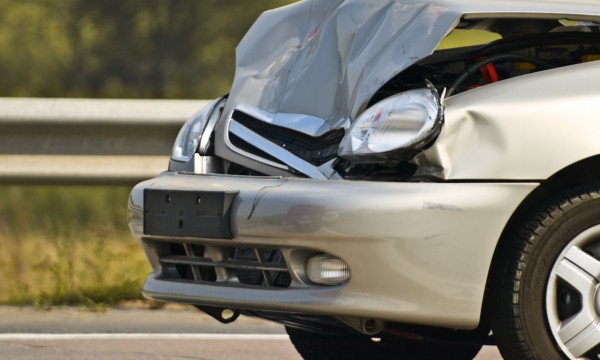Along with potential shock and injury, car accidents can also cause significant vehicle damage. As you deal with the aftermath, here are important things to keep in mind.
If you've been in a car accident, some degree of shock may set in, making it hard to get focused. Before you worry about your car, check to see if your fellow passengers are hurt and in need of medical attention.
Switch on your hazard lights, turn off the ignition, and secure your vehicle. If necessary, place reflectors or flags and divert traffic.Take a breath, clear your head, but don’t relax yet. There's a lot more that needs to be sorted out.
First things to do post-accident
- Call the police, especially if someone has been hurt, there’s extensive damage to the vehicles involved, public property has been damaged, or the other driver is lacking proper documentation (no insurance or licence).
- Collect the information of everyone involved in the accident, including witnesses.
- Record details of the accident and take pictures of the vehicles, if possible.
- Report the collision to your insurance company and confirm coverage.
- Keep a record of what happened, who you spoke with, and any medical treatment needed.
Getting an estimate
Eventually your car will limp in or be towed to an auto collision repair centre approved by your insurance company. An estimate will be made, mapping out a repair strategy and cost to get your vehicle roadworthy again (if it isn’t a complete write-off, of course).
Sometimes there is more than one way to get your car running again, from fixing parts to outright replacing them, with different costs and advantages to each option.
The repair checklist
In assessing and then fixing the damage to your car, the auto collision repair professionals will take a number of important things into consideration, including:
- Mapping the extent of the car’s core structural damage.
- Figuring out the point of impact and its intensity in an effort to uncover other hidden areas of damage.
- Determining damage to the mechanical system and suspension system.
- Looking at the body’s steel components, determining what needs welding or replacing.
- Checking the plastic components, including door interiors and instrument panels.
- Figuring out what kind of fix the exterior paint job needs.
- Looking at the car’s history, to separate new damage from old.
After the estimate and repairs are agreed on, and the work has been done, you can finally drive your car home.








